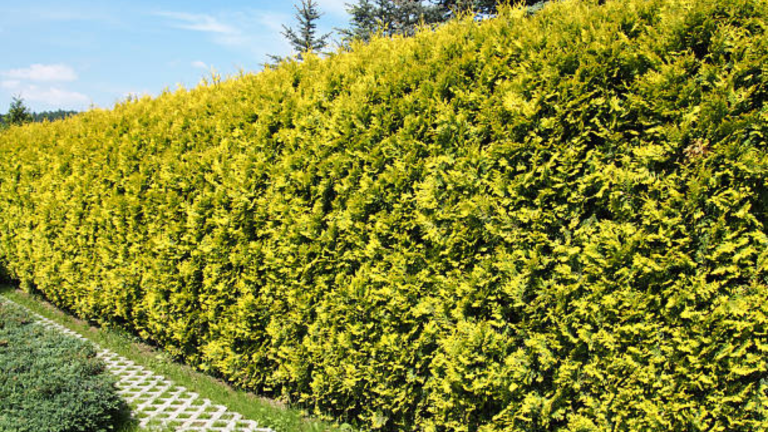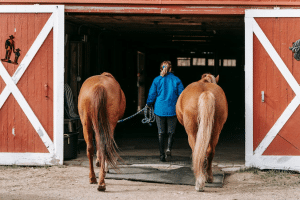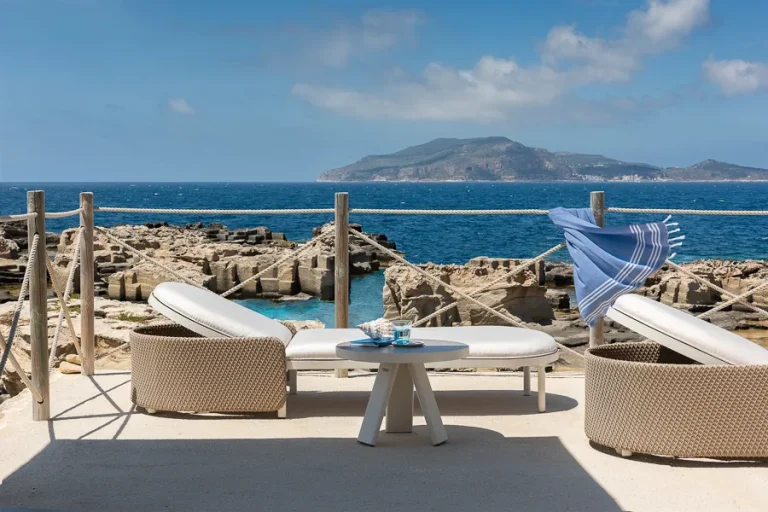When it comes to unique and versatile trees, Cedro Blanco (also known as Mexican White Cedar) is one that stands out.
This fast-growing evergreen is not only beautiful but also valuable, thanks to its high-quality wood and many uses.
I’ve come across Cedro Blanco in various landscaping projects and seen how it brings both aesthetic and environmental benefits.
If you’re looking for a tree to add to your garden or need a durable wood for your next DIY project, this tree could be the perfect choice.
In this blog, I’ll share everything you need to know about Cedro Blanco, from its growth conditions to its many practical uses. If you’re curious about this tree and want to learn more, keep reading!
Cedro Blanco: Botanical Characteristics
Cedro Blanco, scientifically known as Hesperocyparis lusitanica, is an evergreen conifer that can reach impressive heights of up to 35 meters (about 115 feet).
Its trunk can grow to a diameter of 1.5 meters (5 feet), making it a tall and sturdy tree.
The tree has a pyramidal shape with dense, aromatic foliage that ranges in color from a soft green to a bluish hue, depending on the light and environmental conditions.
This tree thrives in subtropical and temperate climates, particularly in well-drained soils. It is native to regions of Mexico and Central America but has been introduced to other parts of the world for its practical uses.
Cedro Blanco is relatively drought-tolerant once established, though it does not handle frost well, preferring warmer, milder environments.
Uses of Cedro Blanco
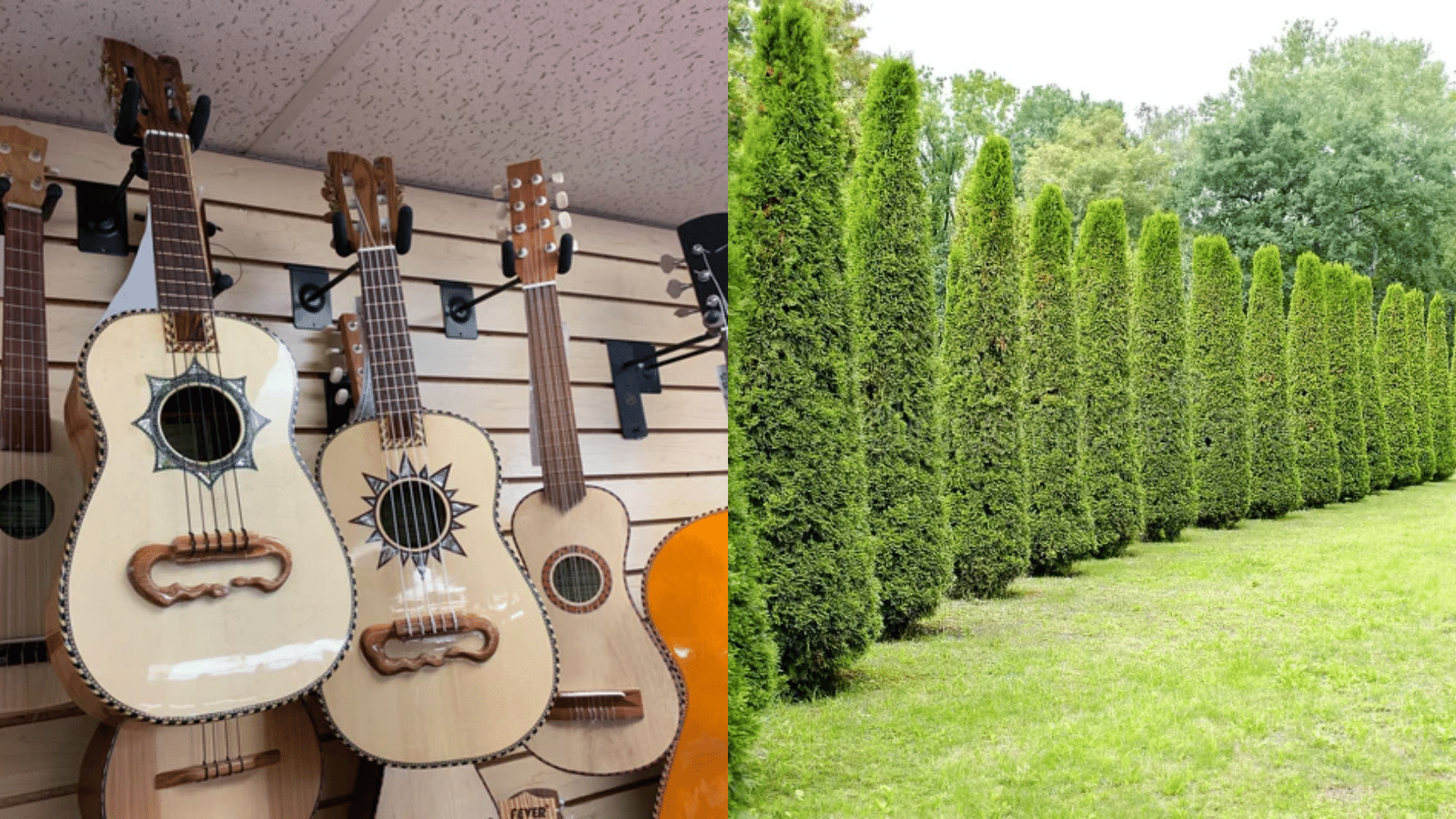
Cedro Blanco, or Hesperocyparis lusitanica, is a highly versatile tree, prized for its wood, ornamental value, and ecological benefits. I’ve found that its various applications make it a popular choice for both commercial and personal use.
1. Timber and Wood Products
One of the main uses of Cedro Blanco is its high-quality timber. The wood is known for being lightweight, strong, and resistant to decay, making it perfect for construction, furniture, and cabinetry.
I’ve seen it used extensively in the building of musical instruments, particularly jaranas jarochas, a traditional Mexican stringed instrument. Its fine grain and natural beauty make it a sought-after material for craftsmen and builders.
Additionally, the wood is often used in the creation of decking, outdoor furniture, and even interior paneling due to its durability and pleasant aroma.
2. Ornamental and Landscaping Uses
Aside from its practical uses, Cedro Blanco is also valued for its aesthetic appeal in landscaping. The tree’s pyramid shape and lush, dense foliage make it a striking feature in gardens and parks.
It is often planted as a decorative specimen or used as a windbreak or privacy screen due to its fast growth and thick canopy.
I’ve also seen it utilized in large-scale public spaces, where its height and appearance add a natural beauty that blends well with other plantings.
3. Environmental Benefits
Cedro Blanco’s environmental benefits are another important reason for its widespread use. The tree is often planted in areas prone to soil erosion, as its roots help stabilize the soil and prevent landslides.
It also provides excellent cover for wildlife, contributing to biodiversity.
Due to its rapid growth and dense foliage, Cedro Blanco can quickly create shade, making it ideal for windbreaks or as a natural barrier against harsh weather conditions.
Many landowners, especially in regions with arid climates, turn to Cedro Blanco for its ability to thrive with minimal water once established, making it a sustainable choice for landscaping.
Cedro Blanco is a great tree with many uses. Its strong wood, beauty in gardens, and benefits to the environment make it a perfect choice for anyone wanting to improve their space or help nature.
Cedro Blanco vs. Other “White Cedars”
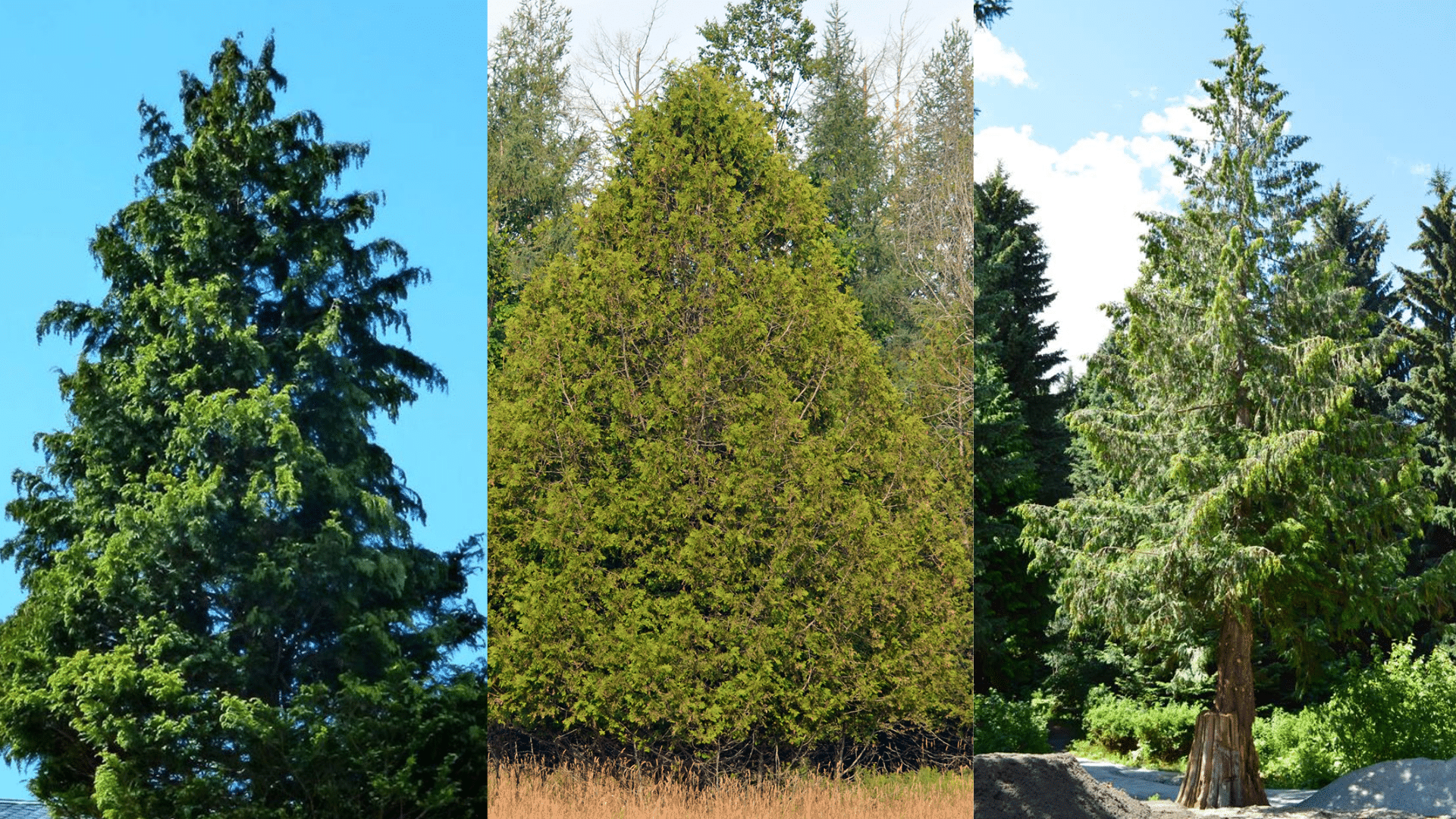
Cedro Blanco (Hesperocyparis lusitanica) shares similarities with other “White Cedars,” like Eastern White Cedar (Thuja occidentalis) and Western Red Cedar (Thuja plicata).
However, each species has distinct features that make it unique.
| Feature | Cedro Blanco | Eastern White Cedar | Western Red Cedar |
|---|---|---|---|
| Native Region | Mexico, Central America | Eastern North America | Western North America |
| Height | Up to 35 meters | Up to 20 meters | Up to 50 meters |
| Wood Characteristics | Light, durable, aromatic | Soft, decay-resistant | Aromatic, durable |
| Primary Uses | Furniture, cabinetry, landscaping | Fence posts, mulch, paneling | Decking, furniture, boat building |
| Growth Rate | Fast-growing | Moderate growth | Moderate to slow growth |
| Climate Tolerance | Drought-tolerant, not frost-resistant | Moist, well-drained soil | Cold-tolerant, drought-resistant |
| Aesthetic Appearance | Pyramidal shape, dense foliage | Narrow, conical shape | Broad conical, reddish bark |
Key Takeaways
- Cedro Blanco grows taller than Eastern White Cedar, but not as tall as Western Red Cedar.
- Wood: Cedro Blanco is preferred for fine furniture, while Western Red Cedar is great for decking.
- Climate: Cedro Blanco thrives in warmer climates, unlike the frost-resistant Western Red Cedar.
Cultivating and Caring for Cedro Blanco
Cedro Blanco (Hesperocyparis lusitanica) is a relatively easy tree to cultivate, but like any plant, it requires the right conditions and care to thrive.
Planting Cedro Blanco
- Location: Cedro Blanco prefers well-drained soil and full sun, making it perfect for open spaces, parks, or large gardens. It’s best planted in an area with plenty of sunlight, as it helps the tree grow quickly and remain healthy.
- Soil Requirements: While Cedro Blanco is adaptable to various soil types, it thrives in slightly acidic to neutral, well-drained soils. Avoid heavy clay or waterlogged areas that may lead to root rot.
Watering and Irrigation
- Water Needs: Once established, Cedro Blanco is quite drought-tolerant. However, during the first few years, regular watering is essential to help the tree establish strong roots. Ensure the soil is moist but not soggy.
- Irrigation: Deep watering is better than frequent shallow watering, as it encourages deep root growth. Water deeply at least once a week, especially during dry spells.
Pruning and Maintenance
- Pruning: Cedro Blanco generally requires little pruning. You can remove dead or damaged branches, but avoid cutting back healthy growth unless needed for shaping. Pruning should be done in late winter or early spring.
- Pest and Disease Control: While Cedro Blanco is relatively pest-resistant, it can be susceptible to fungal infections in overly wet conditions. Regularly inspect for signs of mold or mildew, especially in humid environments.
Fertilization
- Nutrient Needs: Cedro Blanco doesn’t require heavy fertilization, but adding a balanced slow-release fertilizer in early spring can help boost its growth, especially if the soil is nutrient-poor.
- Organic mulch around the base can also improve soil health and retain moisture.
Environmental Considerations
- Temperature Tolerance: Cedro Blanco does well in mild climates and can’t tolerate frost. If you live in a region with cold winters, consider planting it in a protected area or avoid growing it in areas with freezing temperatures.
- Growth Rate: This tree is fast-growing, particularly in its first few years. It can reach impressive heights quickly, so ensure you plant it with enough space to accommodate its mature size.
By following these basic care guidelines, Cedro Blanco will thrive in your garden or landscape, offering both beauty and function for years to come.
Conclusion
Cedro Blanco is a fantastic tree that offers a wide range of benefits, from its high-quality wood to its aesthetic appeal in landscaping.
I’ve seen firsthand how it thrives in the right conditions, providing shade, beauty, and even helping with soil erosion.
If you’re looking for a tree to add to your garden or need durable timber for a project, Cedro Blanco is a great option.
With proper care, it can grow quickly and adapt to a variety of climates. I highly recommend this tree for anyone seeking an attractive and low-maintenance addition to their outdoor space.
Its fast growth, drought tolerance, and environmental benefits make it a smart choice for many landscaping and construction needs.
If you’re considering planting Cedro Blanco, follow the care tips, and you’ll enjoy its many rewards for years to come!


